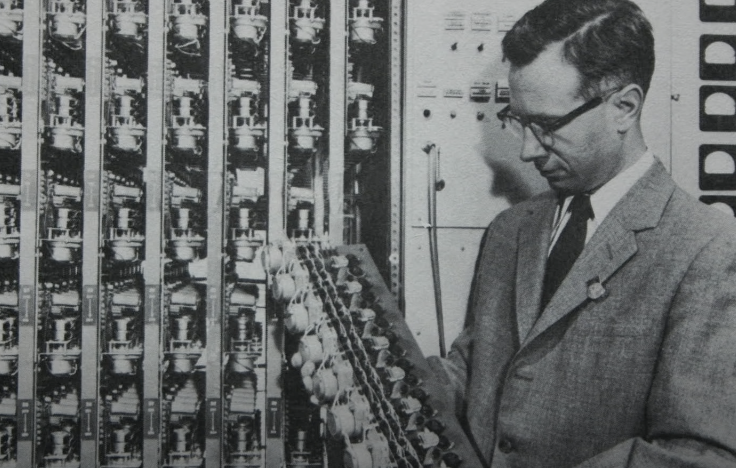I'm reading Random Circles on a Sphere and the authors did the following to empirically check their results:
To make a partial test of the accuracy of the above approximations an experiment was carried out using table tennis balls. These had a mean diameter of 37.2 mm. with a standard deviation around this mean of 0.02mm. One hundred holes of diameter 29.9mm. were punched in an aluminium sheet forming one side of a flat box. The balls were held firmly against the holes by a foam rubber pad, and sprayed with a duco paint. After drying they were removed and replaced at random by hand. Forty sprayings were done in each of three sets of 100 balls. The number of balls not completely covered after N sprayings are shown in Table 2, and fit the theoretical curve rather more closely than the roughness of the approximations used would lead one to expect. The angle α was about 53.43° as used in the calculations.
What are other examples of mathematicians turning into carpenters to test theories in modern days (post 60s)?







